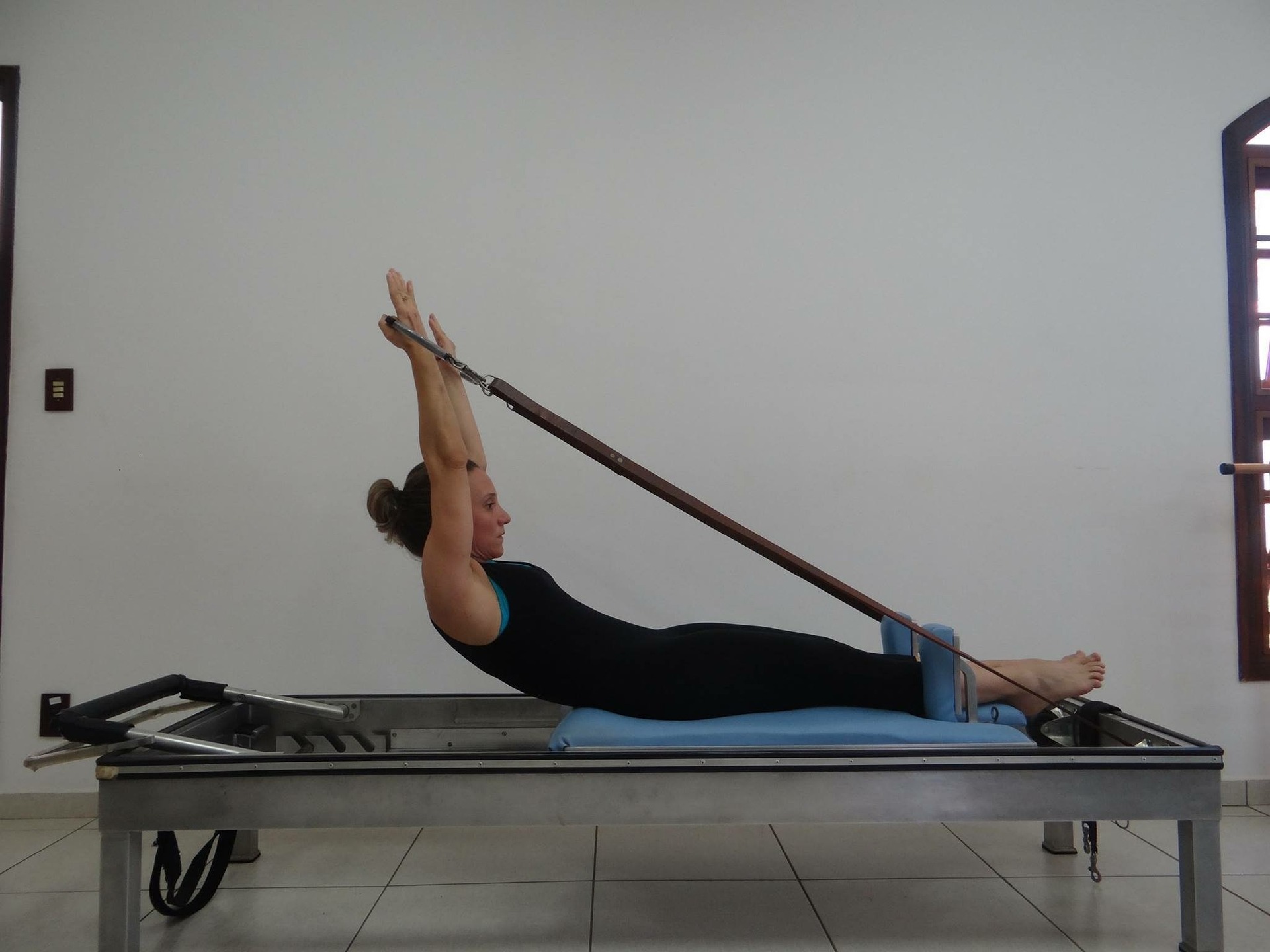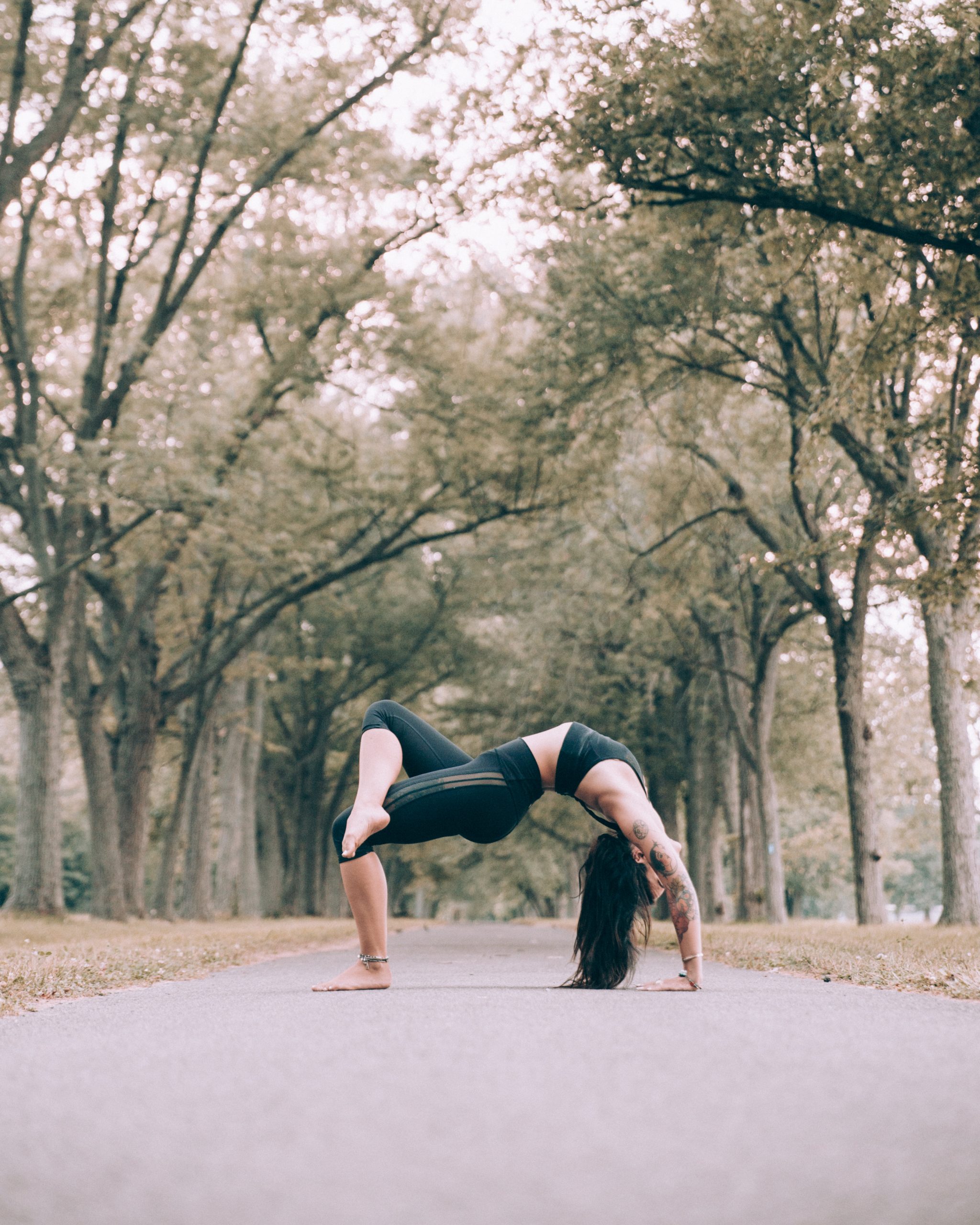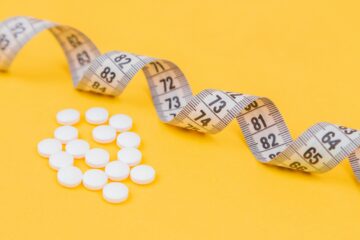Pilates is a physical system that uses repetitive exercises to improve strength, posture, and flexibility with more focus on the core.in order to reap some benefits of this type of exercise, a person needs to be disciplined and do the exercises regularly. it was developed by German physical trainer Joseph Pilates, after whom it was named. It is practiced worldwide in countries such as Canada, Australia, South Korea, the US, and Britain. Also, it started to spread into some South East Asia countries such as Malaysia.
Most of the time we tend to stick to a specific fitness routine which is a good thing, but with the time that routine becomes stale and you will need to try new classes or exercises to make it feel fresh again. Taking Pilates classes could be that unique experience you wanted to have. It is a technique that cultivates awareness of the body to support the daily movement that is effective and elegant.
In this post, we will discuss the benefit of Pilates, the variety of ways to practice it, and some of its exercises.
Benefits of Pilates:
- If it’s practiced regularly, it helps develop core strength and balance, where the majority of its exercises involves supporting your body weight. Also, it works several muscles all over the body.
- Due to its discipline practice which requires small movements that focus on several areas of the body, the person will be able to reap more benefits such as muscle toning, body control, and flexibility.
- “It is a slower-paced discipline that also focuses on the breath work, it can be extremely meditative and stress relieving,” (bazaar)
- Doing the exercises on regular bases will change your body and help you lose weight. As we all know the formula for losing weight is to burn more calories than you take in, Pilates can help you achieve that since it’s a full-body fitness method. But make sure that you combine that with a healthy eating plan.
- It is for everyone whether you are an elite athlete, an older adult who is just starting to exercise, or somewhere in between, the movements apply to you and your body. It is accessible to all not only because of the movement, but also of its body-mind connection, and it can be tailored to individual needs.
Equipment vs. Mat Work:
Pilates exercises can generally be separated into two categories: activities that use special equipment (reformer) and activities that use a mat.
Equipment:
the reformer is the most famous piece of resistance equipment you will be using in the studio. It is a bed-like apparatus with a moving carriage, resistance springs, a foot bar, and straps. It can be used to exercise your legs and arms. Because of its structure, the reformer can help you steady and align your body easier than the freeform on mats. And that’s why many people find it easier to perform various exercises on the reformer instead of the mat.

Mat Work:
The alignment can be trickier and hard on the mat especially if you are new to this kind of exercise. With that being said, the freeform on the mat has its benefits, where you will be able to perform a variety of exercises without the restriction of a machine. On the mat, your workout will be harder and heavier, but it will help you develop strength and good posture.
If you are a beginner and you are starting with mat exercises, it is a good idea to include view things that can help you build a bit of core strength such as holding in your stomach and practicing good posture. Doing that will help prep you for doing more difficult alignment and movements.
Exercises:
Toe Taps:
- Lie on your back with your knees bent and feet parallel and hip-width apart.
- Lift one knee to the tabletop and then lift the other knee to tabletop
- From that position exhale with control and touch one foot to the floor, keeping your other leg at the tabletop position
- Inhale and bring your foot back up to the starting position
- Exhale with control and touch one foot to the floor while keeping your other leg stable
- Inhale and bring your leg back up
- Repeat with the opposite leg
One Hundred:
- Lie on your back, face up
- Lift both of your legs towards the ceiling and lower them halfway, so that they are at an angle
- Curl your head up, with your arms alongside your body and your palms down
- Pump your arms up and down, and make sure that you inhale for five counts and exhale for five counts as you do that.
- Repeat the breathing pattern for 10 reps while holding that position
Single-leg Stretch:
- Lie down on your mat, face up
- Being both of your knees in toward your chest
- Place your hands on your shins, and curl your head up off the floor
- Extend one leg out at a time, alternating between your legs
- Make sure to keep your lower back on the floor, and your core engaged throughout the movement.
Knee Stretches:
- This exercise is performed on the reformer, and it is an efficient way to work your lower body.
- Kneel on the reformer and round the back
- Keep your arms straight and on the bar
- Using the butt muscles and your thighs pull your body back and forth
- Make sure that you exhale when you push back and inhale when pulling in
- Do 5 reps, as you advance you can do another 5 reps with your back arched
Slow Motion Mountain Climber:
- Start in high plank with your hands directly under your shoulders
- Bring one knee in toward your chest at a time
- Make sure to keep your core, quads, and butt engaged throughout the movement to avoid rocking your hips
If you are interested in more Body weight workouts click on the link below:




0 Comments